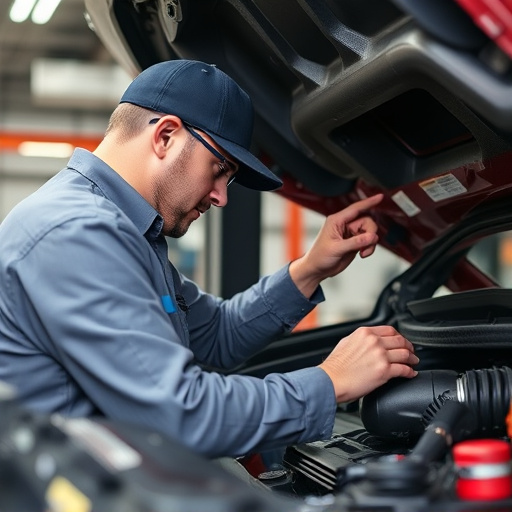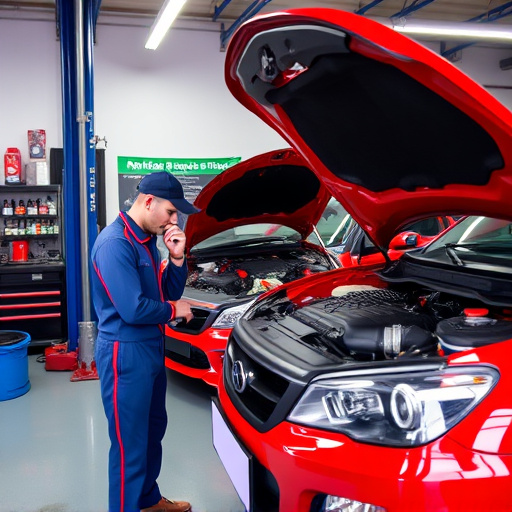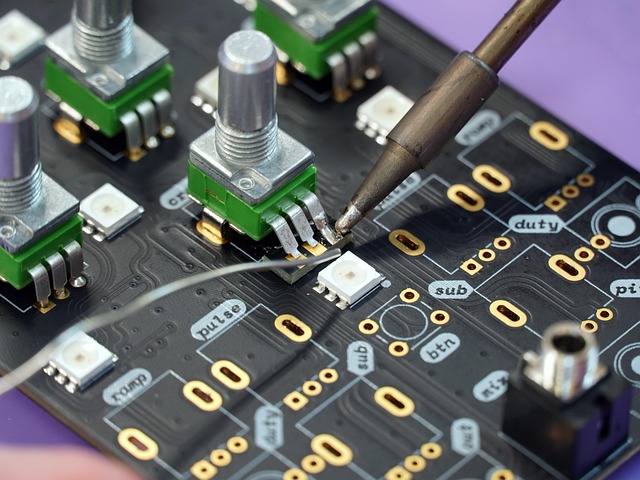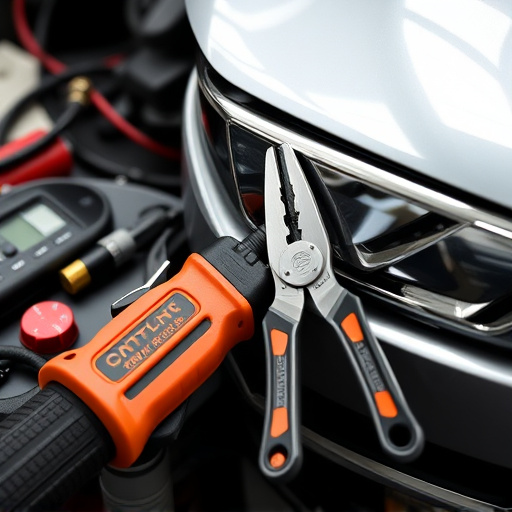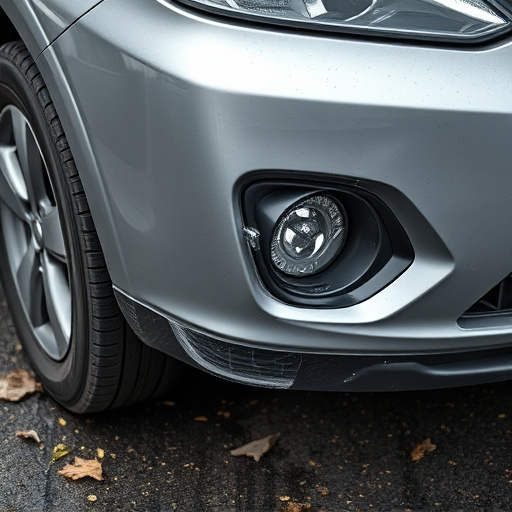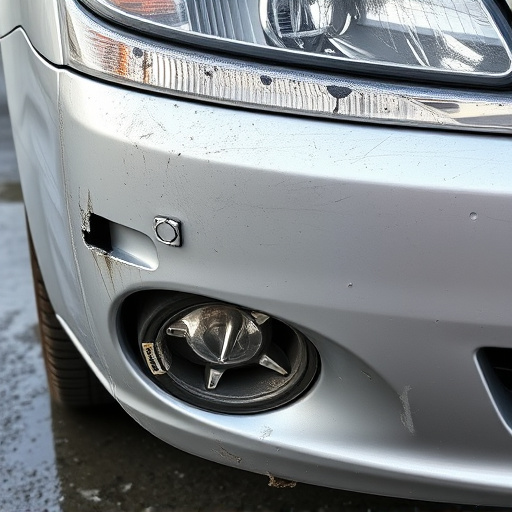Mercedes electronic steering repair involves meticulous calibration and inspection after disassembling the steering column. Skilled technicians use advanced tools to adjust sensitivity, test signals, and verify functionality within the ECU, matching factory specs for precise, safe handling and optimal vehicle performance, crucial for restoration or collision repair.
Mercedes vehicles are renowned for their cutting-edge technology, and at the heart of this lies the sophisticated electronic steering system. When it comes to repairs, achieving factory specifications is crucial for optimal performance. This comprehensive guide delves into the intricacies of Mercedes electronic steering repair, offering a step-by-step process to ensure precision calibration. From understanding the system’s functions to post-repair testing, we provide essential insights for professionals and enthusiasts alike, guaranteeing your Mercedes steers with factory-like perfection.
- Understanding Mercedes Electronic Steering Systems
- Repair Process: Step-by-Step Calibration Guide
- Ensuring Optimal Performance After Repairs
Understanding Mercedes Electronic Steering Systems

Mercedes Electronic Steering Systems have revolutionized the way vehicles navigate and maneuver. These advanced systems use sensors and electronics to deliver precise control, ensuring a smooth and safe driving experience. At the heart of this technology lies the steering rack, which plays a crucial role in translating the driver’s inputs into proper wheel movement. When it comes to Mercedes electronic steering repair, calibrating it to factory specifications is paramount. This ensures the system functions optimally, providing the vehicle with the agility and stability expected from a premium brand like Mercedes.
A well-maintained Mercedes electronic steering system offers numerous advantages. It enhances handling, improves safety by enabling faster reaction times, and contributes to overall vehicle performance. However, over time, these systems can suffer from wear and tear, requiring professional intervention from a reputable car repair shop. Unlike generic repairs, calibrating the Mercedes electronic steering to factory standards guarantees that every component functions in harmony, delivering the same level of precision and control as when the vehicle left the assembly line. This not only enhances the driving experience but also adds value to the vehicle, making it a must-have service for any car owner prioritizing both performance and reliability, especially those seeking top-notch car paint services or comprehensive vehicle restoration.
Repair Process: Step-by-Step Calibration Guide

The Mercedes electronic steering repair process involves a meticulous step-by-step calibration to achieve factory specifications. It begins with removing the faulty steering column assembly, carefully disassembling it to access the electronic components. This includes identifying and disconnecting various sensors, actuators, and wiring harness connectors. Once exposed, technicians use specialized tools to calibrate each component, ensuring precise control and response.
The calibration process involves adjusting sensitivity settings, testing signal strength, and verifying the system’s overall functionality. Advanced diagnostic tools play a crucial role in this stage, allowing for accurate measurements and adjustments. After successful calibration, the steering column assembly is thoroughly inspected for any signs of damage or wear, ensuring a seamless fit and operation. This meticulous approach guarantees that the repaired Mercedes electronic steering delivers reliable performance, comparable to its original factory-specified condition, eliminating concerns associated with car collision repair and paintless dent repair, and restoring the vehicle’s body to optimal shape.
Ensuring Optimal Performance After Repairs

After a Mercedes electronic steering repair, it’s crucial to ensure optimal performance and precision during driving. Calibrating the system to factory specifications is an essential step that guarantees the vehicle’s steering responds accurately and smoothly. This process involves adjusting various parameters within the electronic control unit (ECU) to match the original settings, ensuring the steering wheel moves precisely to the corresponding road surface input.
A reputable auto repair shop with skilled technicians will understand the importance of this calibration, especially during vehicle restoration or any automotive repair services involving advanced electronics. They’ll employ specialized diagnostic tools to fine-tune the system, ensuring the car’s handling and stability are at their best. This attention to detail is vital for driver safety and overall satisfaction with the vehicle’s performance.
Mercedes electronic steering repair is a precise process that, when done right, can significantly enhance vehicle safety and performance. By calibrating the system to factory specifications, you ensure optimal handling and responsiveness. Following the step-by-step guide provided, along with regular maintenance, can help keep your Mercedes’ steering system in top condition, providing peace of mind while behind the wheel.
